Cashew Planting Harvest Guide
Expert Strategies for Maximizing Yield and Profitability
Cashew (Anacardium occidentale) cultivation is a vital economic activity in tropical regions, providing income for millions of smallholders and large-scale farmers alike. However, growers face significant challenges, including pest infestations, soil degradation, climate sensitivity, and inefficient nutrient management. This comprehensive guide integrates globally recognized best practices with scientific insights to address these pain points. Focusing on major producing regions like Vietnam, India, Brazil, and West Africa, we provide actionable solutions to boost yield, reduce losses, and enhance sustainability. For fertilizer wholesale factories, this resource underscores the importance of tailored nutrient solutions in supporting cashew farmers’ unique needs.
1. Understanding Cashew Cultivation Basics
1.1. Climate and Soil Requirements
Cashew thrives in tropical climates with temperatures between 20–30°C and annual rainfall of 1,000–2,000 mm. Well-drained sandy loam soils with a pH of 5.5–6.5 are ideal. In drought-prone areas like India’s Maharashtra region, drip irrigation combined with mulching reduces water stress and improves yield consistency.
1.2. Variety Selection
High-yielding, disease-resistant varieties such as Vietnam’s VH1 or Brazil’s CCP 76 can increase nut production by 25–30% compared to traditional types. These varieties also show better adaptability to marginal soils and resistance to powdery mildew and tea mosquito bugs.
1.3. Planting and Spacing
For optimal growth, space plants at 10 m × 10 m (100 trees/ha). Planting in raised beds or contours prevents waterlogging, a common issue in heavy rainfall areas like West Africa.
2. Major Challenges and Scientifically Backed Solutions
2.1. Pest and Disease Management
Tea Mosquito Bug (Helopeltis spp.): Causes flower abortion and nut deformation, leading to 30–50% yield loss.
Solution: Apply neem-based biopesticides or introduce predatory insects like Mirid bugs. For severe infestations, use microbial agents to disrupt pest reproduction cycles.
Powdery Mildew (Oidium anacardii): Affects leaves and flowers, reducing photosynthesis.
Solution: Sulfur-based fungicides or potassium bicarbonate sprays (5 g/L) every 14 days.
Root Rot and Nematodes: Prevalent in poorly drained soils.
Solution: Apply anti-nematode microbial agents at 5 kg/ha during planting.
2.2. Soil Health Degradation
Continuous monocropping depletes organic matter and nutrients. In Brazil’s cerrado region, cashew yields drop by 40% after 3–4 seasons due to soil fatigue.
Solution:
Apply slow-release organic fertilizer at 2 tons/ha to improve soil structure and water retention.
Use potassium humate granules at 200 kg/ha to enhance cation exchange capacity (CEC) and nutrient availability.
Intercrop with legumes (e.g., cowpea) to fix nitrogen naturally.
2.3. Nutrient Deficiencies
Cashew requires balanced NPK and micronutrients for optimal production:
Nitrogen (N) Deficiency: Leads to yellowing leaves and reduced flowering.
Solution: Apply liquid nitrogen fertilizer at 5–10 L/ha during vegetative growth.
Potassium (K) Shortage: Causes poor nut development and low oil content.
Solution: MKP (0-52-34) at 100 kg/ha during fruit set boosts kernel quality.
Zinc and Boron Deficiencies: Result in misshapen nuts and poor fruit set.
Solution: Foliar spray amino acid trace elements liquid at 3 L/ha every 21 days.
3. Optimized Fertilization Program for Cashew
Cashew trees respond well to staged nutrient management. The following program aligns with growth phases:
| Growth Stage | Fertilizer Recommendation | Application Rate |
|---|---|---|
| Year 1-2 (Juvenile) | 21-21-21+TE NPK + humic acid powder | 150 kg/ha (soil) + 5 kg/ha (soil) |
| Year 3+ (Mature) | 10-5-45 NPK + TE + amino acid-Ca-Mg liquid | 200 kg/ha + 5 L/ha (foliar) |
| Pre-Flowering | MKP + boron-rich spray | 100 kg/ha + 2 L/ha |
| Post-Harvest | Bio-organic fertilizer + potassium humate | 2 tons/ha + 200 kg/ha |
Note: Conduct soil tests every 2–3 years to adjust nutrient ratios based on local conditions.
4. Advanced Techniques for Yield Enhancement
Precision Irrigation: Drip systems reduce water use by 40% and enable efficient delivery of water-soluble fertilizers.
Pruning and Canopy Management: Annual pruning improves airflow and light penetration, reducing fungal disease incidence by 30%.
Pollination Support: Introduce beehives during flowering to enhance cross-pollination and nut set (increases yield by 15–20%).
5. Economic Considerations for Wholesalers
For fertilizer wholesale factories, cashew-specific blends offer high demand in tropical markets:
Custom Formulations: Develop high-K blends (e.g., 10-5-45) for fruit maturation stages.
Bulk Solutions: Offer slow-release organic fertilizers in 1-ton packages to reduce logistics costs.
Technical Support: Provide soil testing kits and digital advisory services to build long-term partnerships.
Conclusion
Maximizing cashew yields requires integrated management of pests, nutrients, and water. By adopting data-driven strategies—such as tailored NPK programs, drip irrigation, and soil health restoration—farmers can achieve yields exceeding 1.5 tons/ha. For wholesalers, investing in cashew-specific products and agronomic support will drive customer loyalty and market expansion. Sustainable practices not only boost productivity but also ensure long-term farm resilience.
References:
African Cashew Alliance, ACA Cultivation Guide
Global Cashew Council: https://www.cashewcouncil.org/
USDA Agricultural Research Service: https://www.ars.usda.gov/cashew-research
International Society for Horticultural Science: https://www.ishs.org/cashew-symposium
World Agricultural Network: https://www.world-agriculture.net/cashew-nutrition
ScienceDirect Journal of Tropical Crops: https://www.sciencedirect.com/tropical-cashew
If you are interested in this article, or have any questions that need to be answered,
You can find us at any time through the chat icon in the lower right corner of the webpage. Of course, you can also check out our other social media (such as Linkedin) to learn more about us.
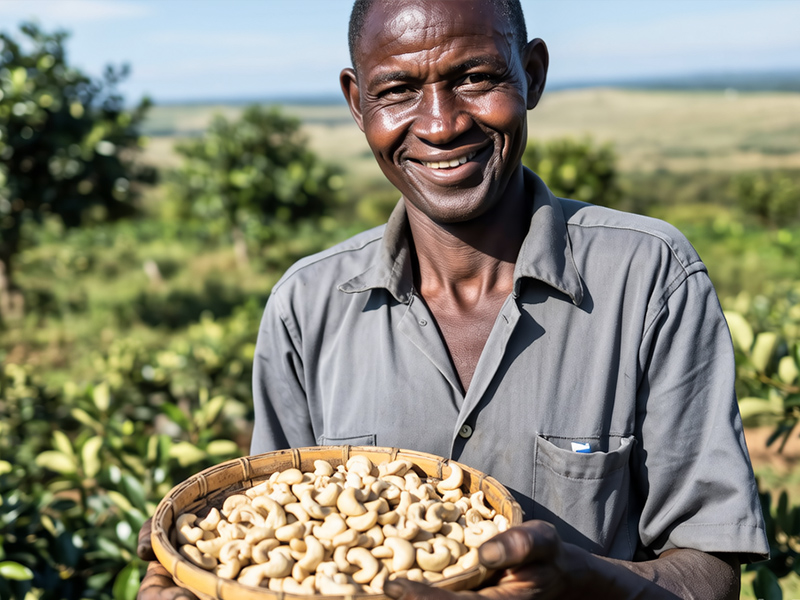
🌳✨ Thriving cashew trees with our specialty fertilizer! See the lush canopy & healthy nut development? Our formula boosts flowering & prevents premature nut drop for maximum yield.
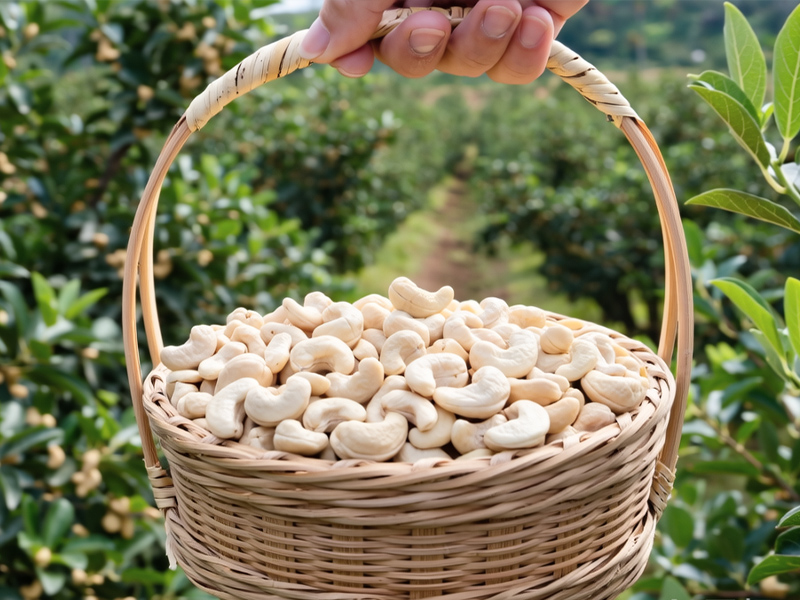
🥜📦 Premium quality cashews ready for market! Notice the uniform size & perfect shape? Our fertilizer enhances kernel development – resulting in higher grade nuts that fetch better prices.
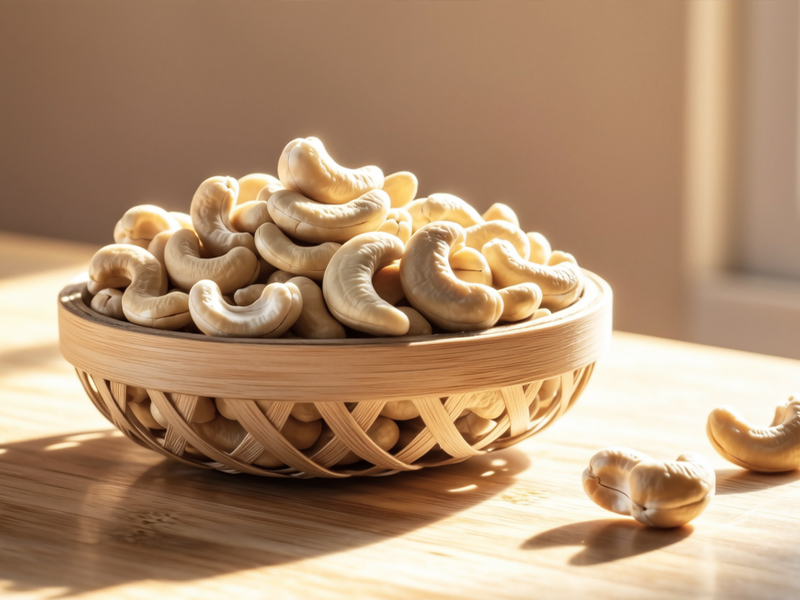
🔍💎 The proof is in the nut! These plump, creamy kernels show perfect maturation thanks to our balanced nutrient formula. Higher yields + better quality = bigger profits for your farm!
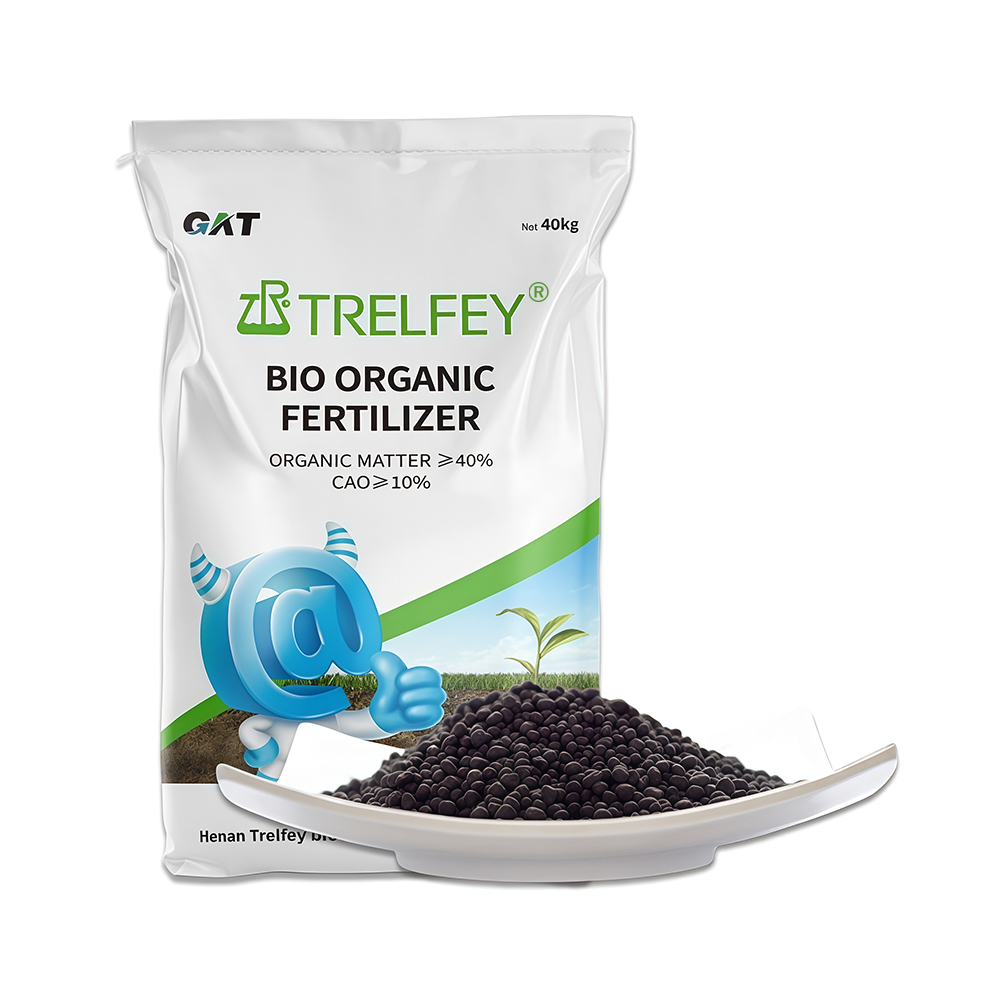
Bio-organic fertilizer
1. lmprove fertilizer utilization efficiency, Living soil and nourishing the land
2. lmprove crop rhizosphere environment, Solubilize phosphorus and potassium
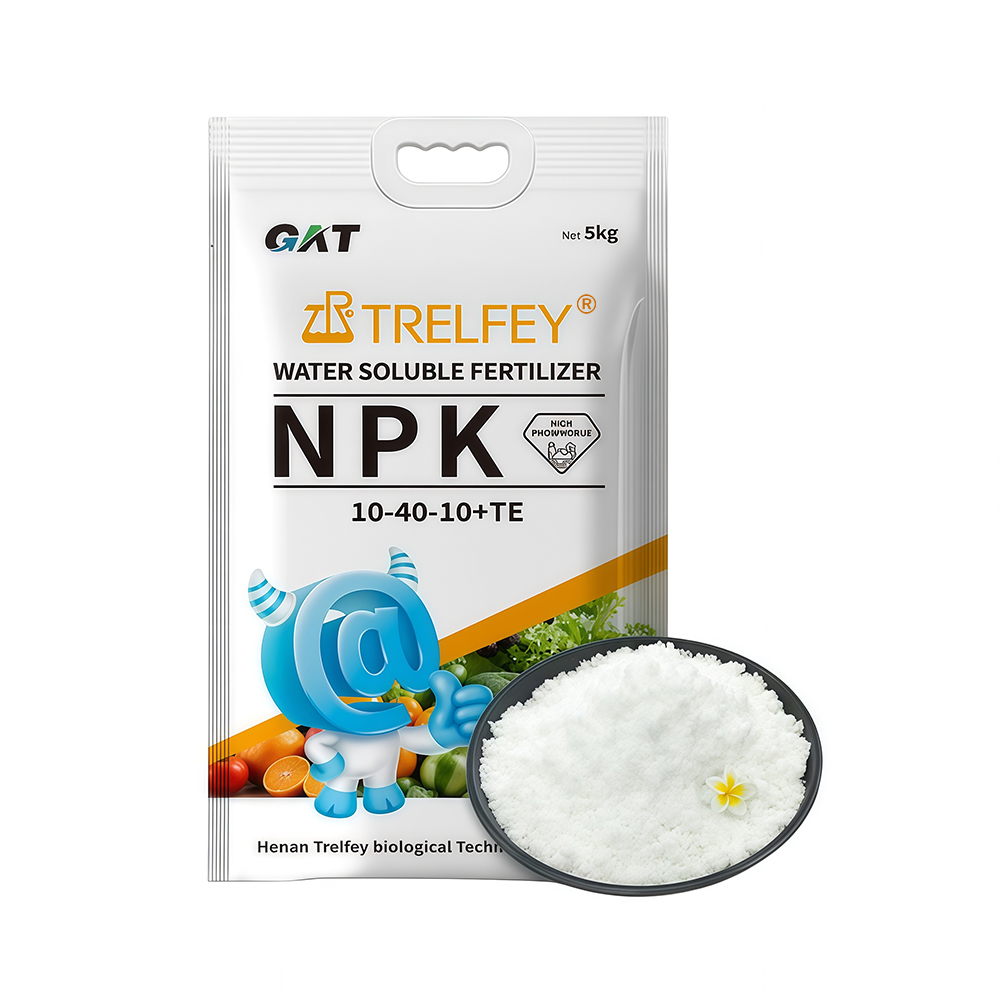
Water soluble fertilizer
1. Promote crop fruit enlargement, coloring and sweetness
2. Does not contain plant growth hormone
3. Contains a variety of trace elements
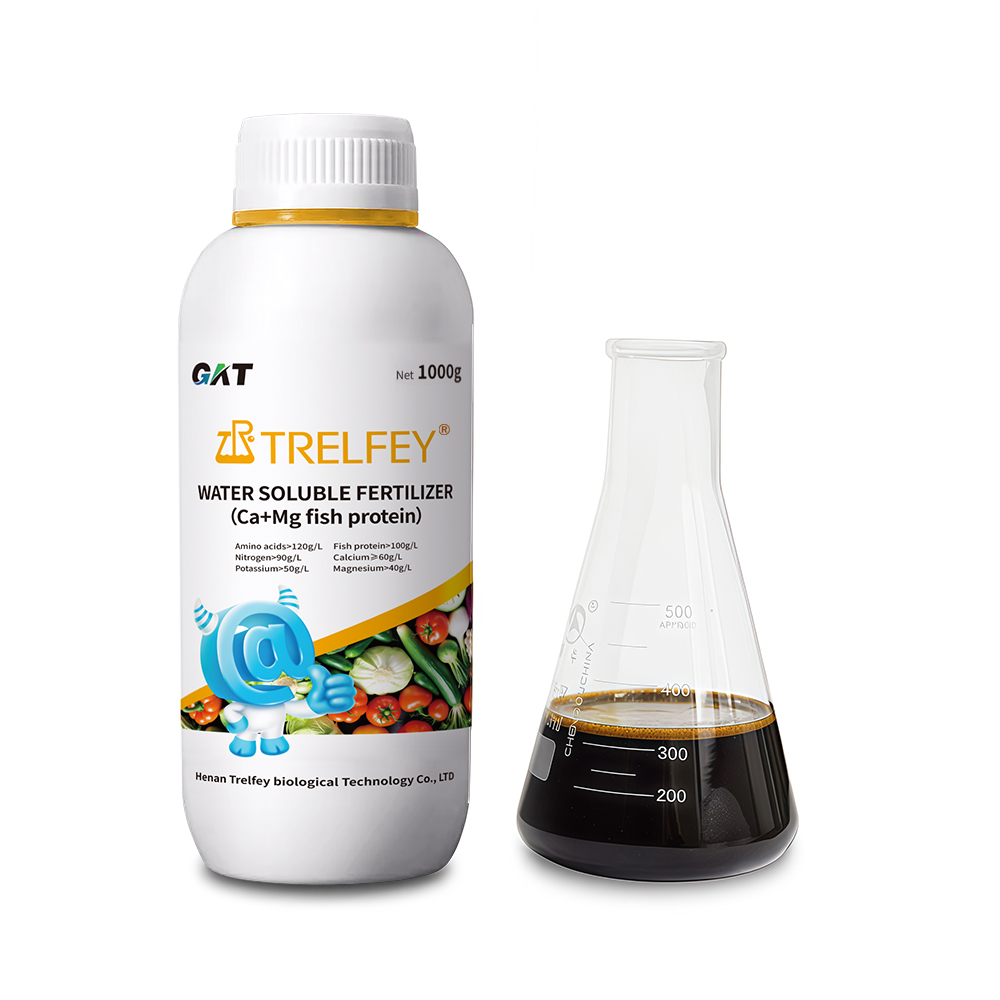
Potassium humate granules
1. Full nutritional formula, one spray and multiple effects
2. Reduce fertilizer dependence, fight disease and prevent disease
3. Organic + inorganic synergy
